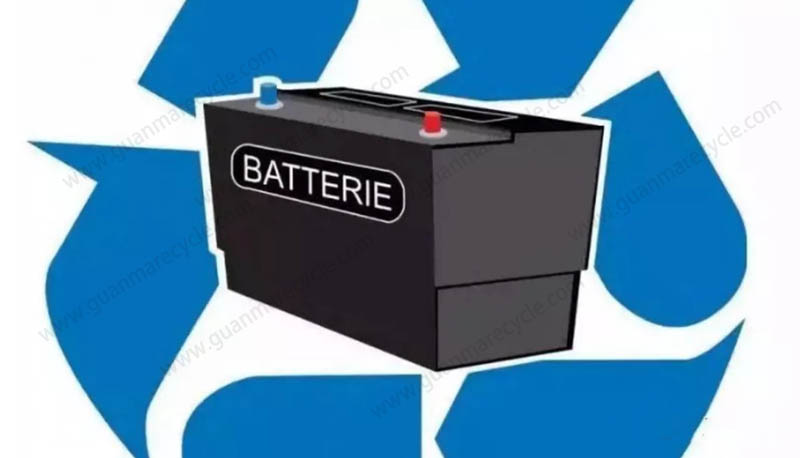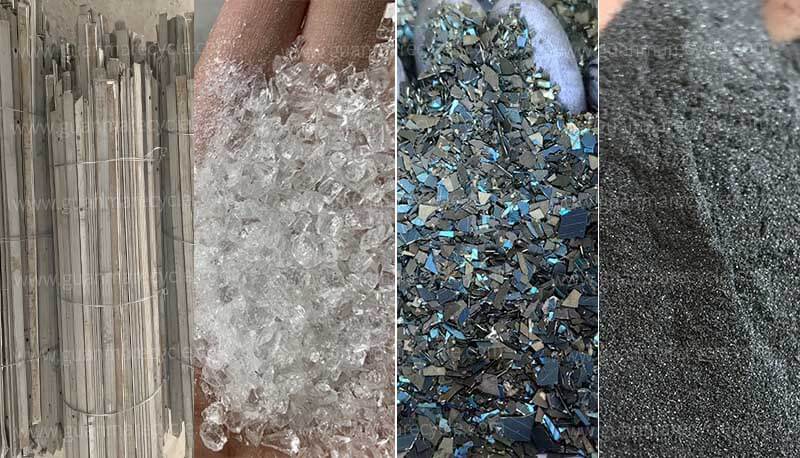Recycling lead batteries can be highly profitable, but several factors influence its success. With increasing demand for lead and environmental concerns, the recycling of lead-acid batteries presents a valuable business opportunity. However, profitability depends on market conditions, recycling technology, and the costs associated with collection and processing.
Key Points to Consider:
1. Market Demand for Lead: Lead is a precious resource used in various industries, making its recycled form valuable. The global demand for lead remains high, especially in the manufacturing of new batteries, which can make recycling a lucrative option.
2. Environmental Benefits: Lead battery recycling is not just profitable but also crucial for reducing environmental hazards. Proper disposal prevents lead contamination and reduces the need for mining, which can be harmful to the environment.

3. Technological Advances in Recycling: Newer, more efficient recycling technologies are making the process easier and more cost-effective. With better technology, the profitability of recycling increases, as more lead can be recovered with less effort and expense.
4. Regulations and Compliance: Recycling lead batteries requires compliance with local and international regulations. While this can increase operational costs, it also ensures safer practices, making the process more sustainable in the long run.
Is it worth investing in lead battery recycling?
If you’re considering starting a recycling business, the key to profitability is balancing operational costs with the current market price of recycled lead. Conduct thorough market research and stay updated on environmental regulations to ensure you’re maximizing profit while contributing to a cleaner, greener future.


